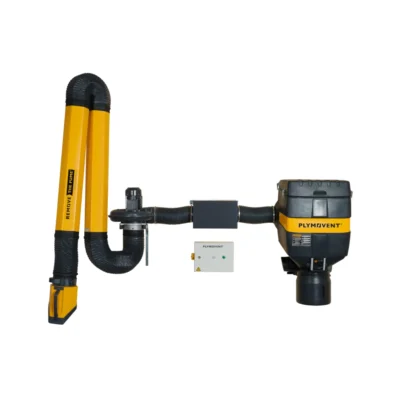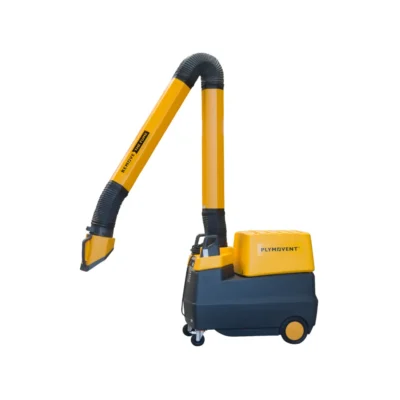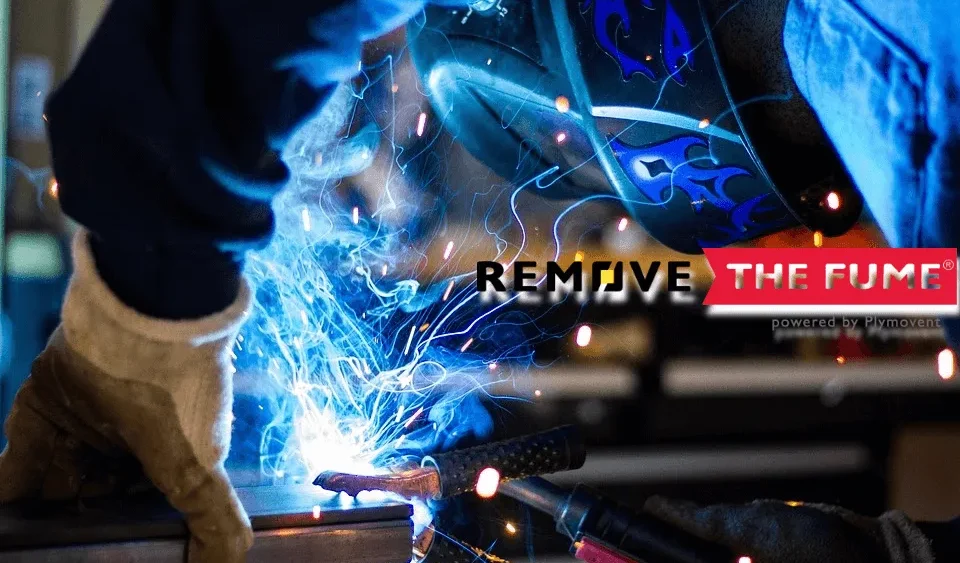Welding stainless steel is a common process that raises concerns for the work environment. Chromium is the basic alloy element of all groups of stainless steel. Welding with stainless steel produces chromium. The majority of those steel grades contain nickel. During the welding process, chromium is converted to its hexavalent state, Cr(VI). The production of these elements occurring in welding with stainless steel and the welding fumes created are proven to have serious effects on the health of welders and people in the welding environment. Cr(VI) fume is highly toxic and can damage the eyes, skin, nose, throat, and lungs, and is a known carcinogen.
Methods and fume production
The amounts of fumes released during the welding of stainless steel depend largely on the welding method used. The most common methods are:
• Tungsten Inert Gas (TIG)
• Metal Inert Gas (MIG)
About 80% of welding operations use this method:
• Manual Metal Arc (MMA)
and 5% of specialist companies use this for specific applications:
• Flux Cored Arc (FCA)
TIG produces the least fume, although it does produce significant amounts of ozone and nitrous oxide both of which are irritant gases. MIG and MAG generally produce quite a lot more fume. MMA welding and FCA tend to produce the most fumes.
Improve the working conditions of welders and protect their health.
Preventative measures to protect welders against fumes from welding stainless steel with proper and professional ventilation systems and the correct fume extraction equipment are important to protect long-term health. Risk assessments can be conducted with a specialist in ventilation and filtration systems to determine if a business requires an engineered solution or if using a plug-and-play mobile or portable extractor is the right choice for the workplace’s daily operations. Personal protection equipment is tantamount to improving the working conditions of welders and protecting their health.
Be aware:
“A welder should also be aware of the risks of welding stainless steel,” warns the American specialist Vicki Bell in several publications. “Before beginning a welding job, it is important to identify the hazards for the particular welding operation. The hazards will depend on the type of welding, the materials (base metals, surface coatings, electrodes) to be welded, and the environmental conditions (outside or in a confined space).”
Advice:
Ask for a material safety data sheet (MSDS) to identify the hazardous materials used in welding products and the fumes that may be generated. Make sure you know what you are welding before you start. Welding with stainless steel produces chromium.
Remember to use the correct level of filter efficiency to ensure harmful fumes and fine particulate dust are not being spread around the workspace. Choose the correct fume extraction equipment.
We recommend an MFS if a mobile option is needed or the SFS, which is a heavy-duty stationary unit with a high-efficiency filter option. Some fumes, such as those released from welding on a cadmium-plated surface, can be fatal in a short time. After identifying the hazard, implement appropriate control methods.
-
Product on sale
 SFS – Stationary Fume Extractor (self-cleaning filter)From USD $5,140.00
SFS – Stationary Fume Extractor (self-cleaning filter)From USD $5,140.00 -
 MFS – Mobile Fume Extractor (self-cleaning filter)From USD $5,705.00
MFS – Mobile Fume Extractor (self-cleaning filter)From USD $5,705.00
Use adequate ventilation and fume extraction equipment. Local exhaust ventilation, which removes fumes and gases at the source, is the most effective method. Use a partial enclosure, such as a ventilated workbench, or hoods positioned as close to the point of welding as possible. Clean and maintain ventilation systems regularly.




Comments are closed.